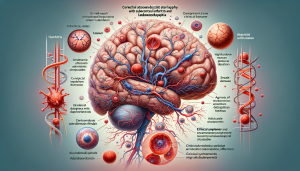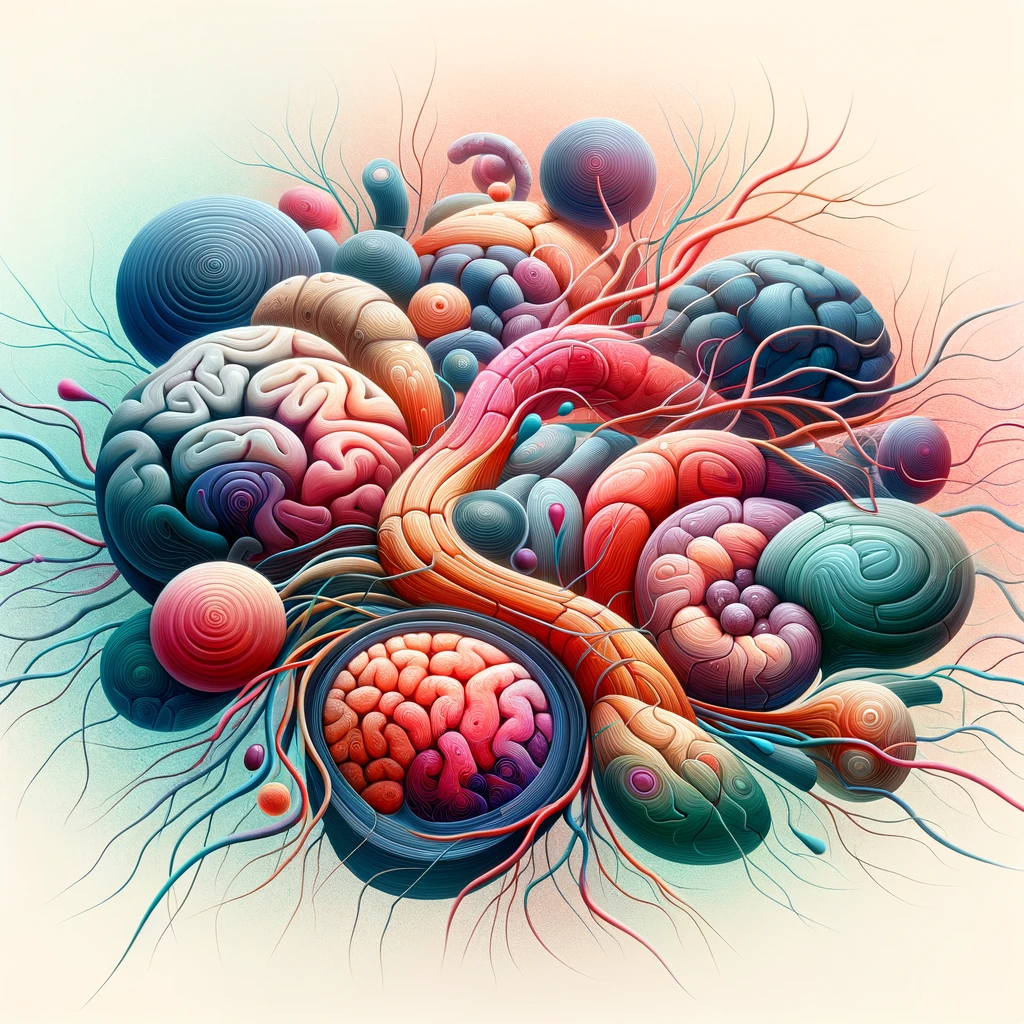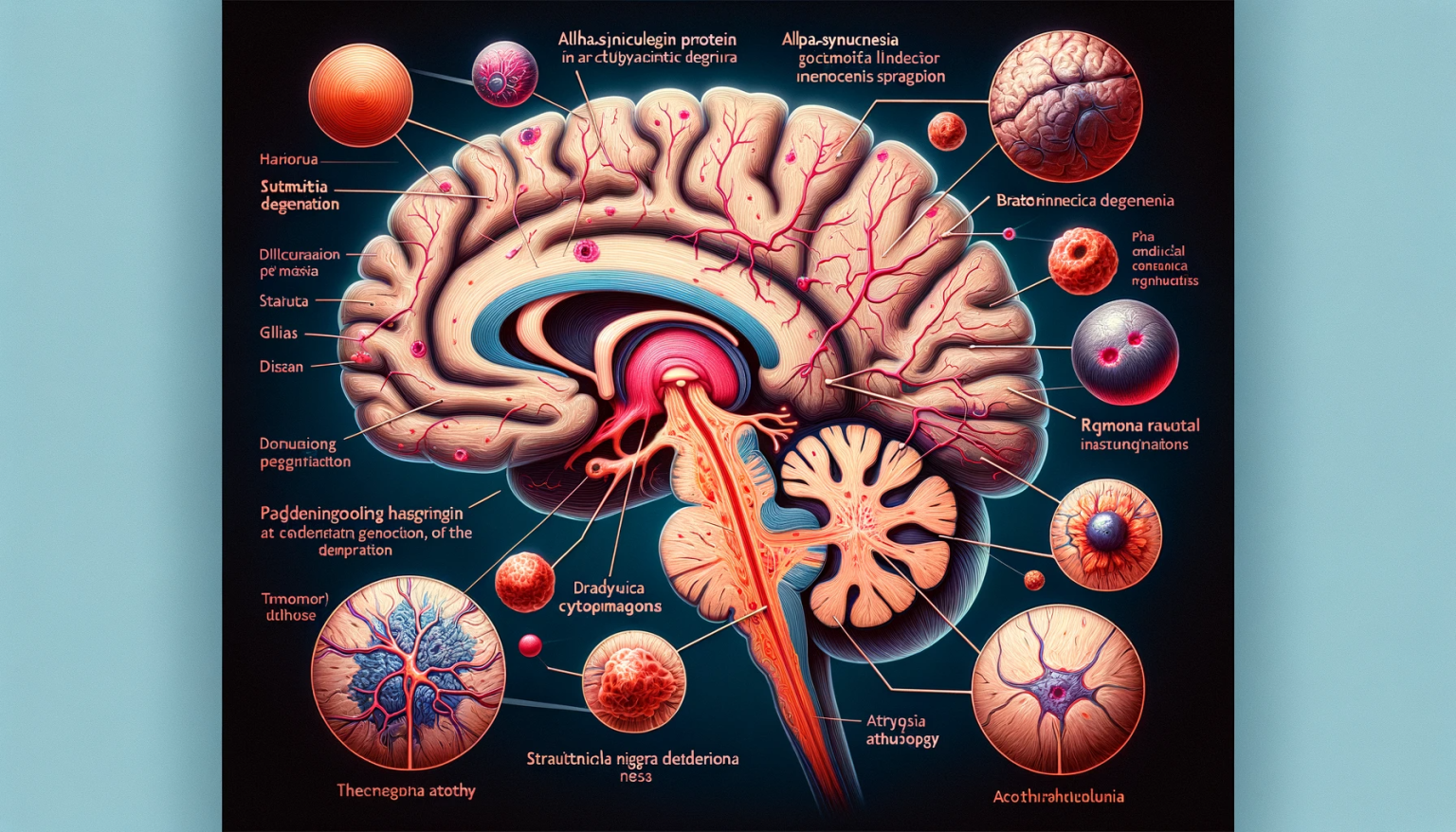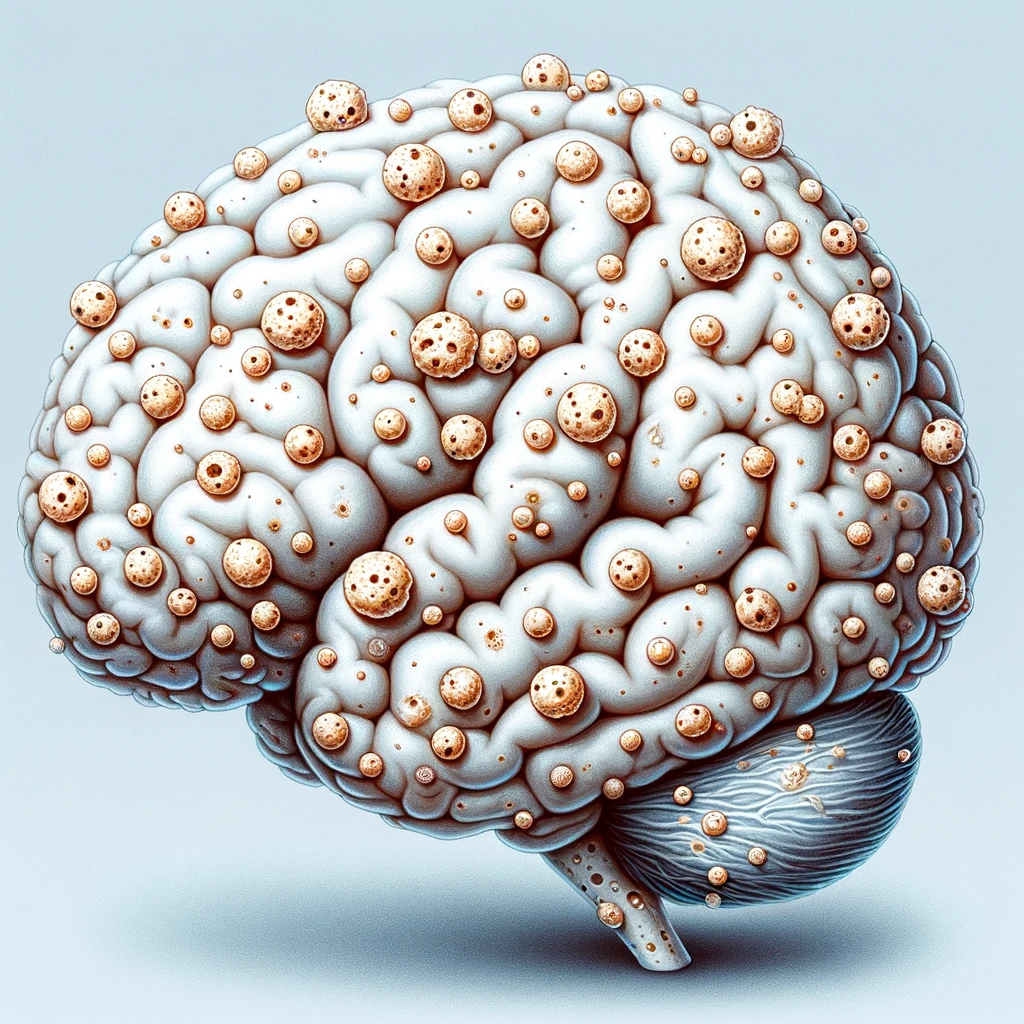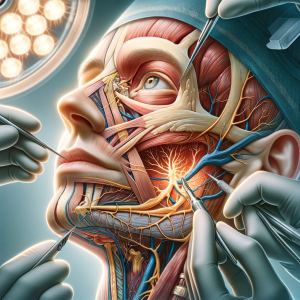Abstract
CADASIL is a genetic vascular disorder characterized by recurrent ischemic strokes and progressive subcortical vascular dementia. This thorough review scrutinizes the pathogenetic mechanisms, clinical trajectory, diagnostic methodologies, and contemporary therapeutic modalities pertinent to CADASIL.
Introduction
CADASIL, an acronym for Cerebral Autosomal Dominant Arteriopathy with Subcortical Infarcts and Leukoencephalopathy, embodies the most common heritable cause of stroke and vascular dementia in adults. Attributed to mutations in the NOTCH3 gene, CADASIL is an insidious disorder presenting in mid-adulthood with a spectrum of symptoms related to cerebrovascular pathology. The disease exemplifies a systemic arteriopathy, with the cerebral vasculature predominantly affected, leading to dire neurological sequelae.
Pathogenesis
The NOTCH3 gene mutations responsible for CADASIL lead to the accumulation of NOTCH3 extracellular domain fragments within the smooth muscle cells of small arteries. This accumulation is pathognomonic for CADASIL and results in the dysfunction of cerebral small vessels. The ensuing vascular smooth muscle cell degeneration and fibrosis culminate in the narrowing of vessel lumens, chronic ischemia, and the characteristic leukoaraiosis observed in neuroimaging studies. This arteriopathic process underpins the recurrent ischemic events and subcortical damage that define the clinical course of the disease.
Clinical Presentation
The clinical phenotype of CADASIL is diverse, with patients commonly presenting with migraine with aura, psychiatric disturbances, recurrent lacunar strokes, and cognitive impairment evolving into vascular dementia. The migrainous episodes often precede the stroke-like events by decades. Neurological examination reveals a gradual progression towards a complex constellation of deficits, including executive dysfunction, pseudobulbar affect, and gait abnormalities. Notably, the variability in clinical presentation often complicates the early diagnosis of CADASIL.
Diagnostic Approach
Diagnosis of CADASIL is anchored in the combination of clinical assessment, family history, and supportive imaging findings, especially MRI revealing extensive white matter changes and lacunar infarcts. Genetic testing for NOTCH3 mutations offers a definitive diagnosis. Differential diagnosis includes other causes of small vessel disease and hereditary stroke disorders. Additional investigations may include skin biopsy, which can demonstrate the presence of osmiophilic granular material in the media of small arteries.
Therapeutic Interventions
Management of CADASIL is primarily supportive and preventive, focusing on mitigating risk factors for vascular disease and addressing specific symptoms. Antiplatelet agents are commonly prescribed, although their efficacy in preventing strokes in CADASIL is not well established. Symptomatic treatment for migraines, mood disorders, and cognitive symptoms is tailored to each patient. Rehabilitation therapies support functional independence. Research into targeted therapies to modify the disease’s progression remains ongoing, with a particular interest in the potential of NOTCH3 signaling pathway modulation.
Conclusion
CADASIL presents a significant challenge in neurology, with its relentless progression and lack of curative treatment. A comprehensive understanding of its pathogenesis and clinical implications is imperative for the development of targeted interventions. Interdisciplinary care is vital in managing the complex needs of patients with CADASIL.

